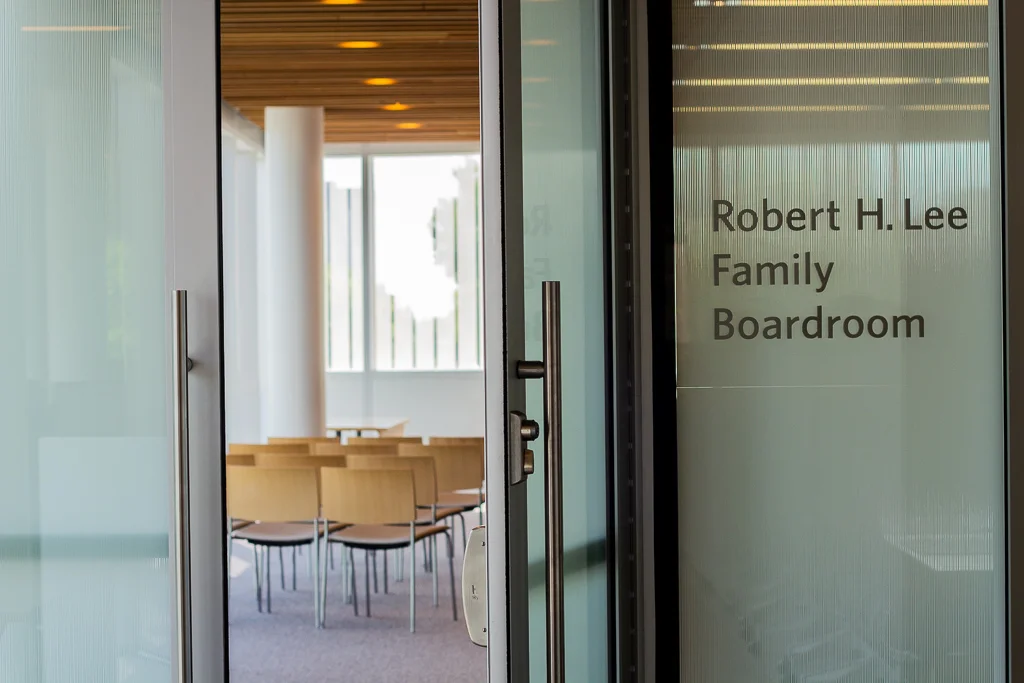
The UBC Board of Governors (BoG) met this month to discuss the report from the Climate Emergency Task Force, the result of a cross-campus collaboration task force and an update on the Faculty of Science’s strategic plan.
Here’s our rundown of what you need to know.
Governors endorse Climate Emergency Task Force recommendations
The climate crisis took the stage at committee meetings with presentations on both the long-awaited Climate Emergency Task Force recommendations and UBC’s climate emissions plan.
Dr. Walter Mérida, co-chair of the task force, urged the university to take action on the 28 recommendations generated in the year since UBC declared a climate emergency in December 2019. Recommendations spanned research, teaching, operations and climate justice.
“Signs are here,” said Mérida. “The emergency is with us already.”
The BoG endorsed the recommendations at the full meeting without debate.
Later, representatives from both UBC campuses outlined a draft of Climate Action Plan 2030 — UBC’s plan to reduce carbon emissions by 2030.
Associate Vice-President of Campus & Community Planning Michael White said targets in the current draft were “ambitious.”
At the Point Grey campus, the majority of UBC’s emissions came from “extended impacts,” which are a result of activity not directly tied to campus operations. Extended impacts make up 29 per cent of emissions and includes travel, food systems and materials.
UBC Vancouver (UBCV) wants to cut greenhouse gas emissions from campus operations by 75 to 100 per cent of 2007 levels by 2030. The goal for extended impacts is a 45 per cent reduction.
A tale of two campuses
Dean of Education Blye Frank presented the cross-campus collaboration task force’s strategies for improved bi-campus collaboration.
Presenters addressed concerns that UBCO receives financial transfers from UBCV, saying that this was not true because endowment revenues are allocated to both campuses. Some governors were also concerned that UBCO had decreased power to negotiate with UBCV due to its size.
Frank suggested reviving the Council of Senates, composed of members from both campuses, to meet more often over academic affairs affecting both campuses. Before the council met earlier this month, its last meeting was in 2019, and before that, 2009.
Student representatives Max Holmes and Jassim Naqvi expressed concern that the task force did not sufficiently consult student senators who have previously produced recommendations for bi-campus relations.
However, the majority of governors considered the strategies a positive step forward.
$156-million Chemistry Building renewal on the table next year
The Faculty of Science’s upcoming strategic plan will include securing funding for a new chemistry building, the Dean of Science Meigan Aronson said in a presentation to BoG.
Over the past couple of years, undergraduate enrolment at the faculty has increased while the PhD production rate has decreased.
While Aronson said the faculty aims to spend exactly as much as its revenues, 2020 saw a surplus of around double its surplus in 2018. Aronson chalked it up to faculty hiring that wasn’t aggressive enough and the unpredictability of tuition income due to the pandemic.
“Our philosophy in science is that we want to have as much of our money doing work in the form of teaching and research,” said Aronson.
Science will consider hiring support staff to keep up with a growing amount of teaching. Another priority was increasing BIPOC diversity throughout the faculty.
The Chemistry A, B and C buildings have been identified to be at a seismic risk. Aronson said this was an issue because the vast majority of first-year chem labs take place in the building.
This year, science plans to secure funding for its $156-million renewal project, which includes constructing a new chemistry building by the Wesbrook Building.
“If there are any students on this [Zoom] call who have taken chemistry in this building, I think you’ll agree with me that they are in fact close to the end of life,” said Aronson.
This article was updated to clarify that endowment revenue goes to both UBC campuses.

